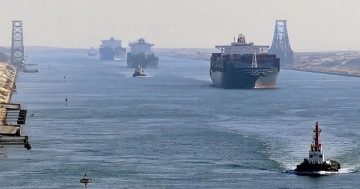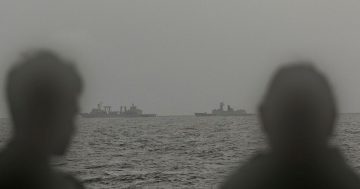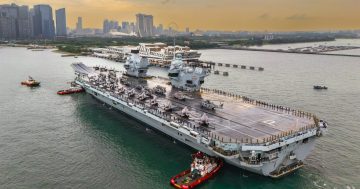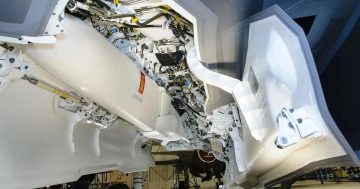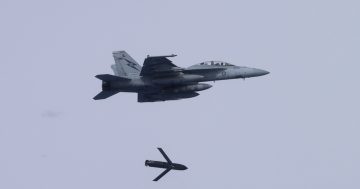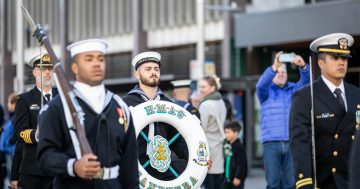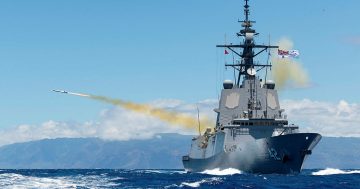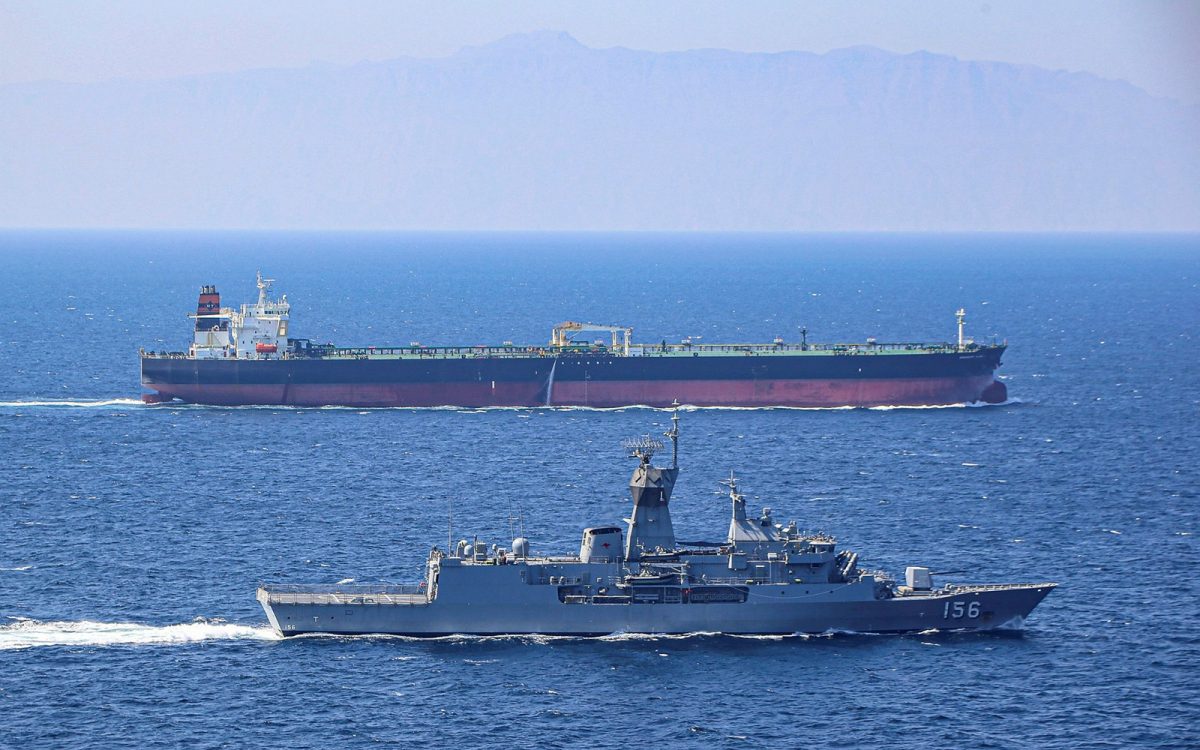
The Anzac-class frigate HMAS Toowoomba provides support to CTF 150 in the Middle East in 2020. Photo: ADF.
Australia has been announced as the next command of the Combined Maritime Force’s Combined Task Force (CTF) 153 which has responsibility for the security of maritime traffic through the Red Sea, from October.
CTF 153 is headquartered in Bahrain in the Persian Gulf and was established in April 2022 to focus on international maritime security and capacity-building efforts in the Red Sea, Bab al-Mandeb strait, and Gulf of Aden.
This will be the first time Australia has commanded CTF 153, but under the Australian Government’s long-term Operation Manitou commitment to maritime security in the region, has previously commanded CTF 150 which covers Maritime Security Operations (MSO) outside the Arabian Gulf, and CTF 152 which focuses on illicit non-state actors in the Arabian Gulf.
The Red Sea and the narrow Bab al-Mandeb strait between Djibouti and Yemen have been the scene of attacks by Iranian-backed Houthi rebels against commercial shipping in the past year, with US Navy ships and aircraft in particular bearing the brunt of defending against Houthi drones, missiles and uncrewed vessels.
But Australia’s assumption of command comes at a time when the Australian Government is unable or unwilling to commit a Royal Australian Navy vessel to the region.
To say the Navy is stretched at the moment would be an understatement – the eight Anzac-class frigates are currently being scaled back due to six ships’ lack of crews, the three Hobart-class destroyers have recently undergone weapons upgrades and will soon commence a deeper combat system upgrade and refit, and both of the new Supply-class auxiliary oiler replenishment ships are inactive due to engine problems.
When asked about this last week, Defence Minister Richard Marles said the Navy’s vessels were more focussed on our immediate region.
“In terms of the deployment of specific assets, we’ve not had a ship in the Red Sea for many years now,” he said.
“It was the former Coalition government which brought the last of the frigates that we had operating in the Red Sea back to Australia; we need to be focused on our region.
“If there is a message that comes out of the Defence Strategic Review and now the National Defence Strategy, it is that we must be focused on the region in which we are engaged, and what is demanded of our Navy in respect of that region is obviously very significant and it represents the vast bulk of what our Navy does.”
Mr Marles said he was not concerned about the Navy’s readiness.
“There is always work that needs to be done to make sure that we are getting the sea days that we need from our Navy,” he said.
“But that is happening … we are seeing our Navy do incredible work in our region at a very significant tempo. And there are very huge demands on our Navy, but we are meeting those demands.
“Obviously we are concerned about what’s happened with our supply ships [AORs] specifically,” he added.
“We are looking at how we can have interim capabilities in place and we’re obviously speaking with the Navy about how we can get those supply ships back into action as soon as possible.”
Chief of Joint Operations Vice Admiral Justin Jones said the Australian command of CTF 153 was a significant milestone in its commitment to maritime safety and security.
“We proudly work alongside 44 other member nations in the Combined Maritime Force to support freedom of navigation and free, fair and open trade, and the international rules‑based order,” he said.
“This role demonstrates Australia’s commitment to international rules and complements our separate deployment under Operation Hydranth.”


